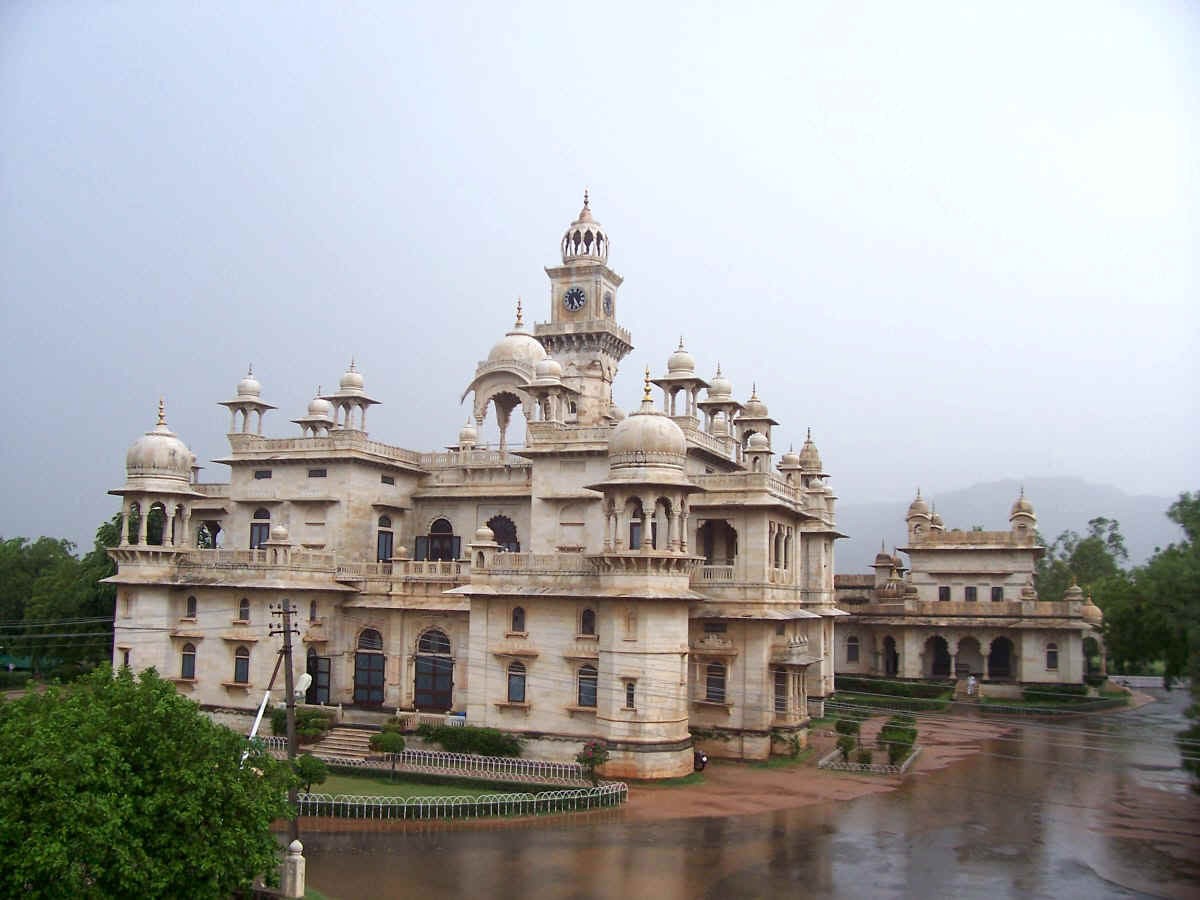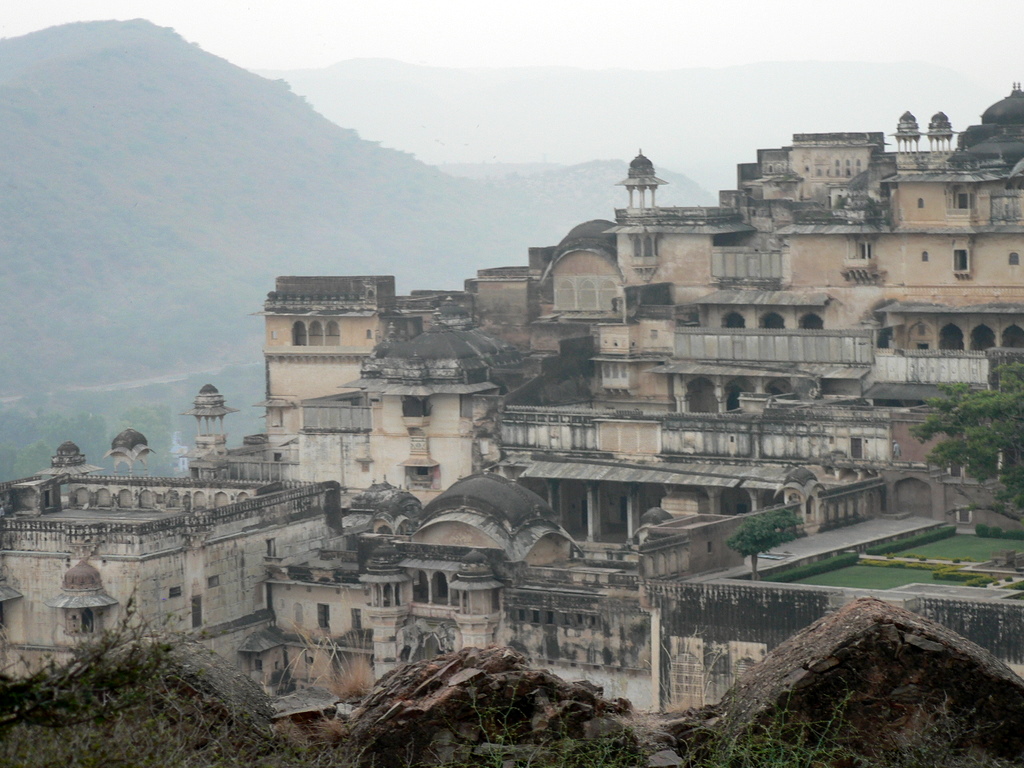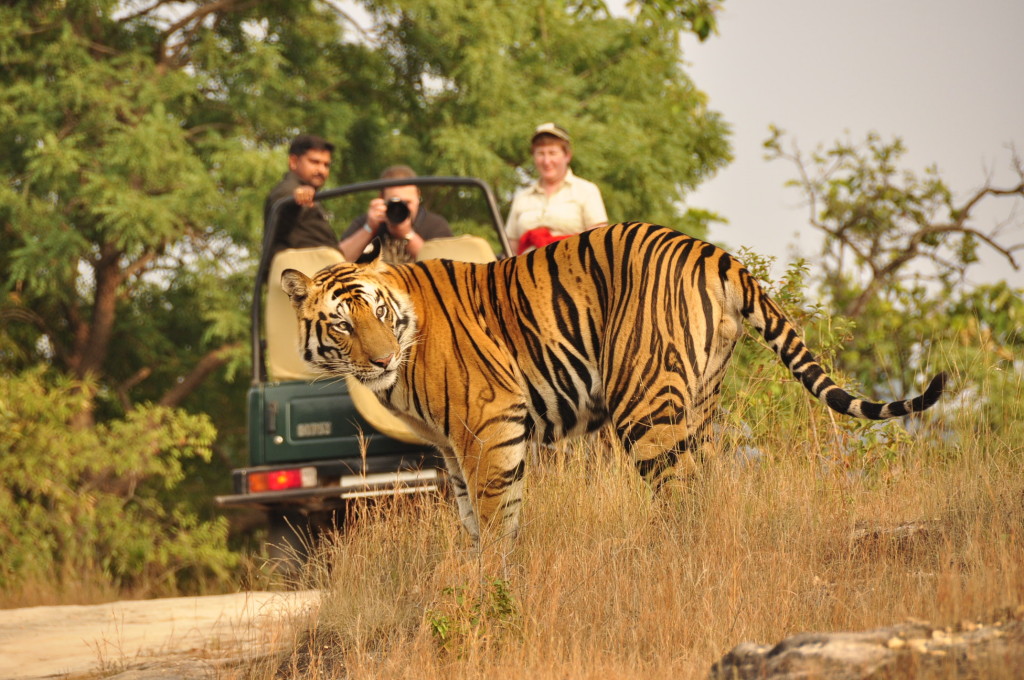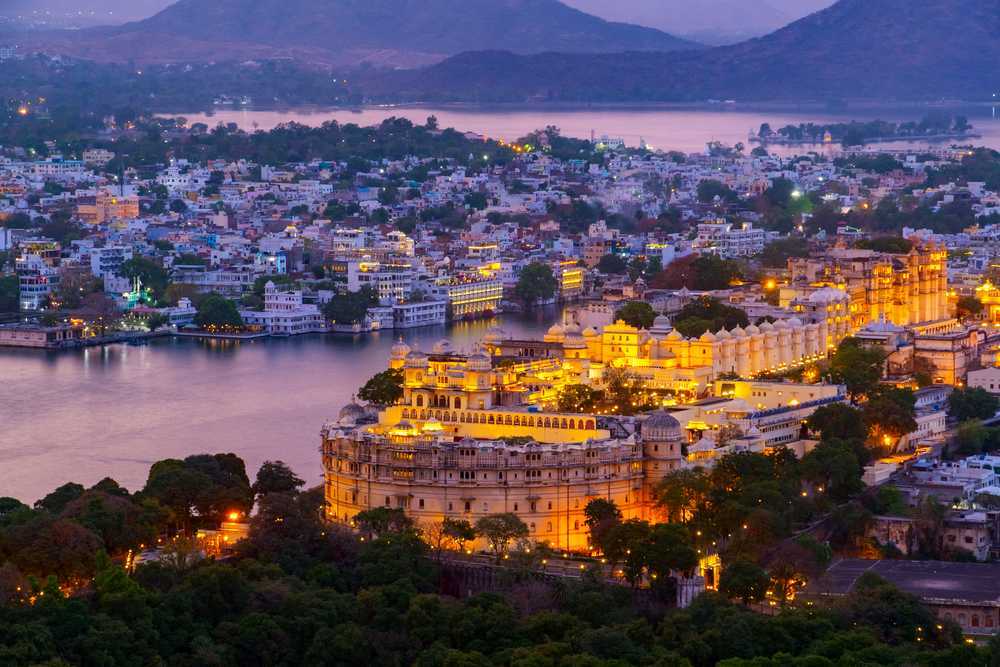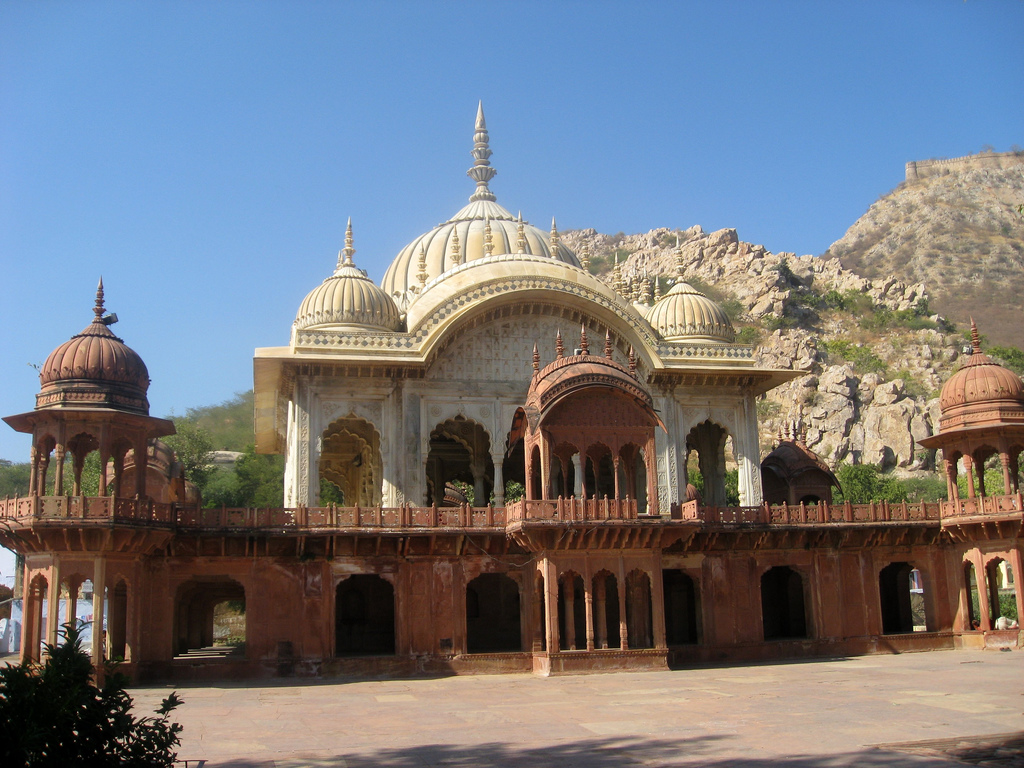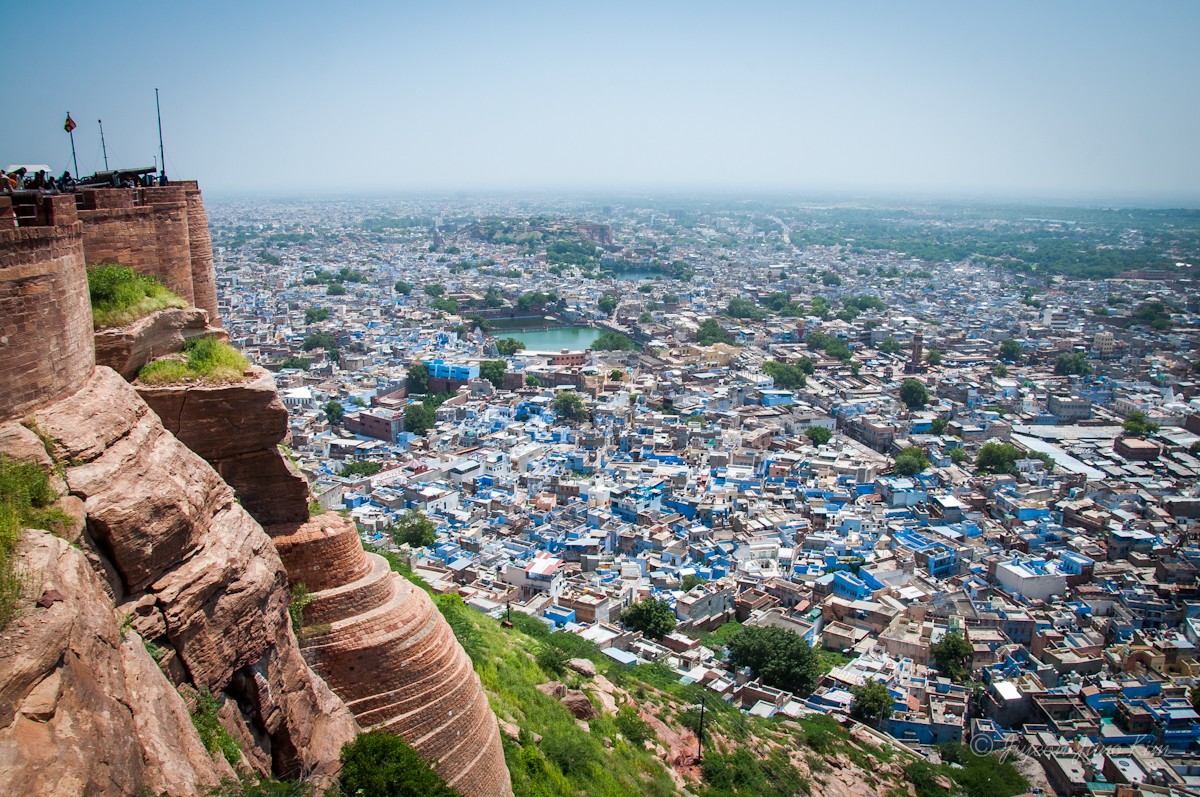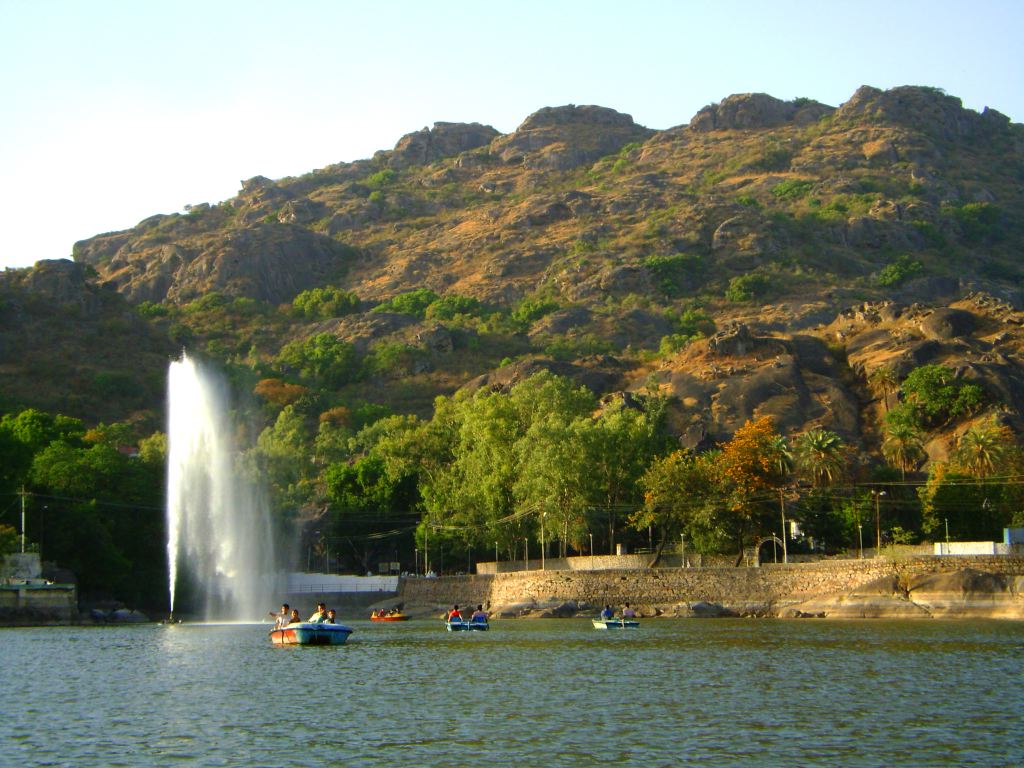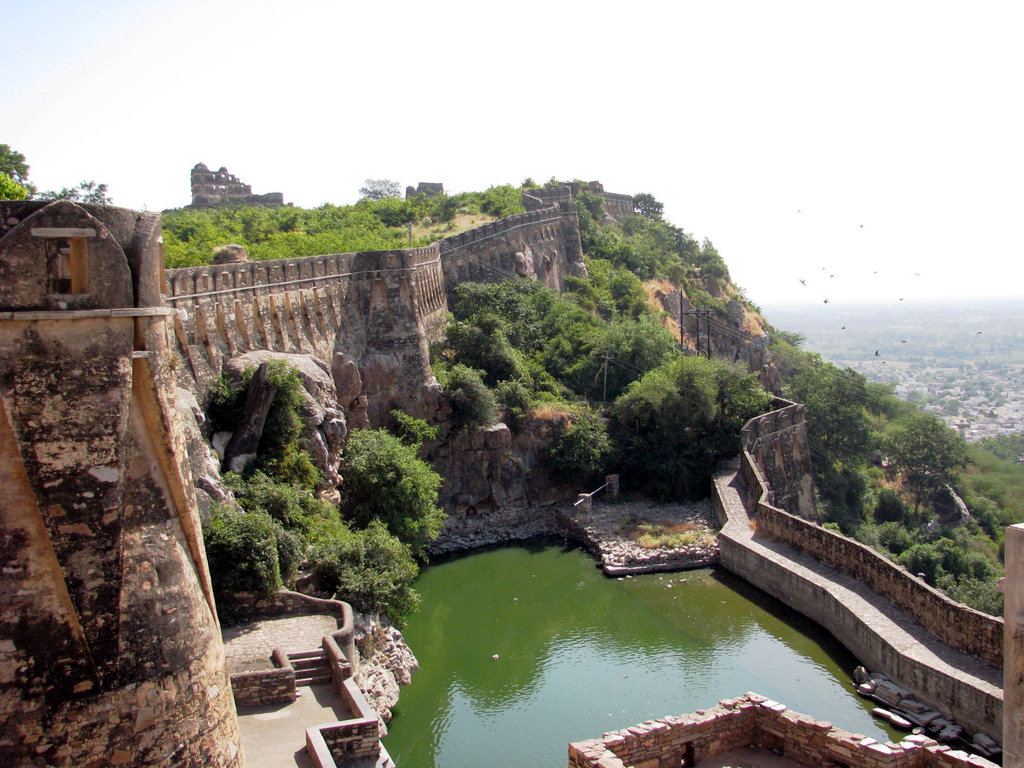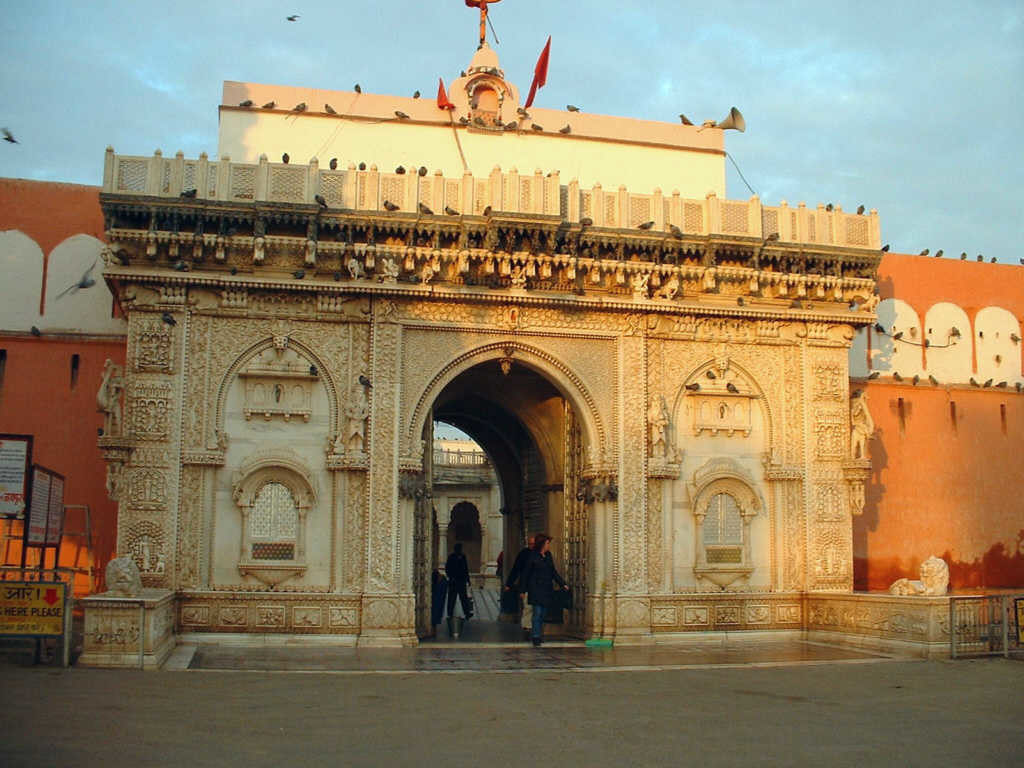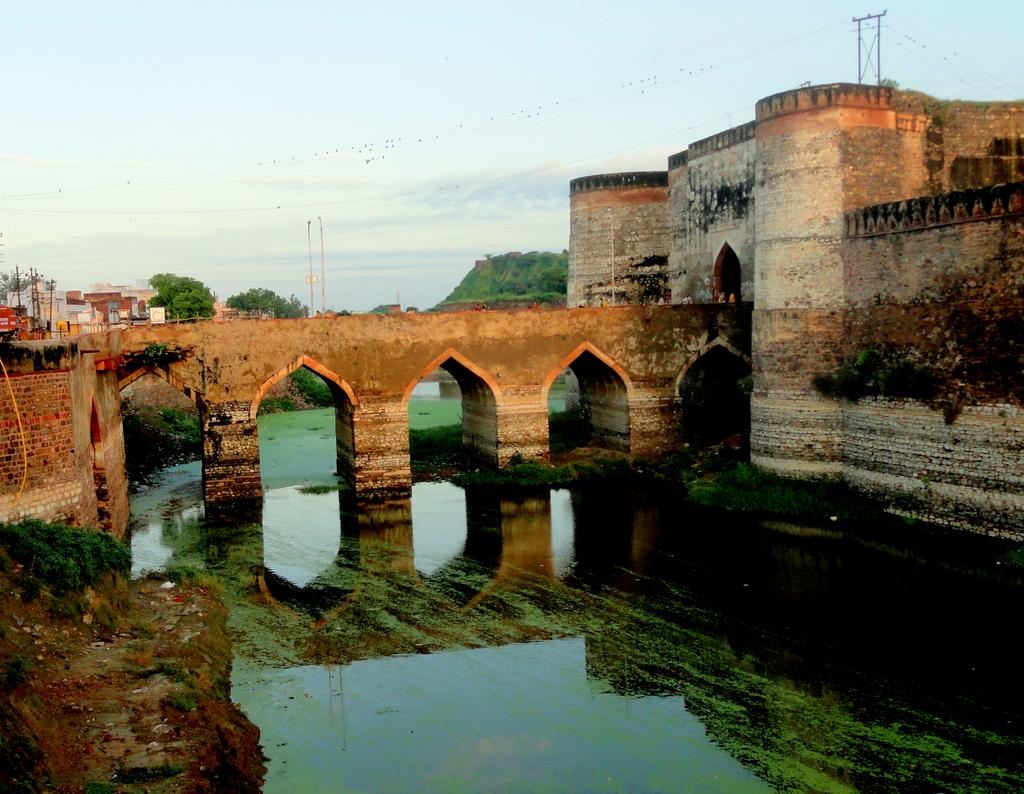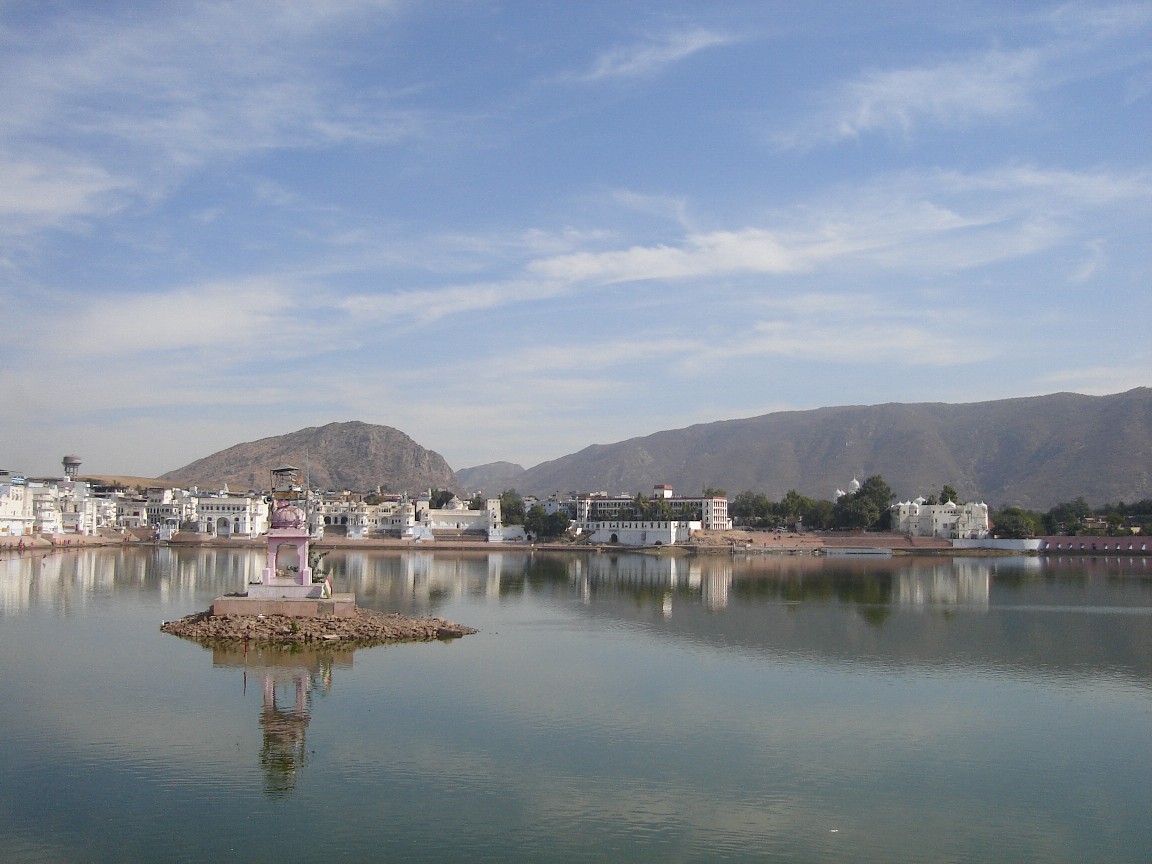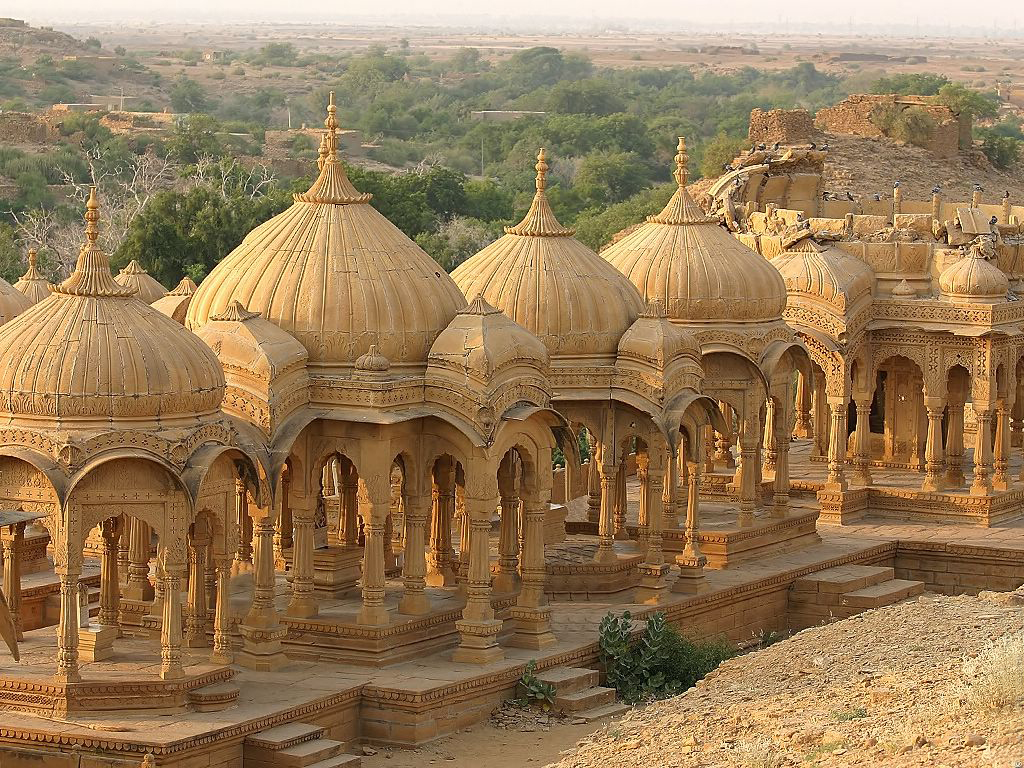
Jaisalmer Tourism and Travel Guide!
History of Jaisalmer: The History of Jaisalmer has a charm of its own. Like all other cities of Rajasthan, Jaisalmer too has its own glorious past to boast about. History of Jaisalmer draws heavily from the history of the Rajputana. The city is said to beJaisalmer founded by one Raja Rawal Jaisal, a Bhatti Rajput ruler, in approximately 1156 A D. Legends go by that he did it on the behest of a local hermit named Eesaal. The raja choose Trikut hill as the new site for his fort. This was because he thought that his previous abode at Luderwa (16 km from present Jaisalmer) was vulnerable towards possible enemy assault.
In medieval times, Jaisalmer continued to be on the focus of the masses because of its location. It falls in the way of one of the two routes, which connected India from Persia, Egypt,
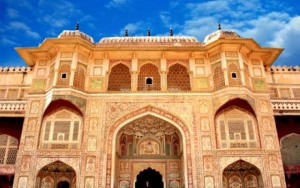
Africa and the west. The Bhatti Rajput rulers were still in line. They were the sole guardian of the city and thus mustered enough wealth through taxes levied on the passing caravans, of which there was no scarcity.
For many years Jaisalmer remained out of bound from the foreign rulers partly because of its location and partly because of its relief. In the mid Thirteenth century, Ala-ud-din Khilji, the Turk-Afghan ruler of Delhi laid the siege over the city. He was apparently upset with the Bhatti Rajput rulers because they stopped and looted one of his caravans containing royal coffer which was on its way to Sind. The siege lasted for around 9 long years and when the fall seemed eminent the Rajput womenfolk of the city committed Jauhar (self Immolation to avoid disgrace).
It is said that Duda, the son of Raja Jaisimha, fought vehemently in the battle but was overpowered after the fierce hand to hand combat. He died fighting. His descendants continued to rule the city. Though they had a cordial relation with the Mughal rulers in Delhi, they fought unsuccessfully with Emperor Humayun. Emperor Shah Jahan gave the right of governance to Sabala Simha, who had the royal patronage and had shown remarkable valor to win the Battle of Peshawar.
In the modern era, Jaisalmer was still a tough nut to crack and was the last among the Rajputana royals to sign the ‘Instrument of Agreement’ with the British establishment. Even that was achieved after long hours on the negotiation Jaisalmertable and after much cajoling from the British establishment in India. In the year 1947, royals signed the agreement to remain in just independent India. Since then it has developed itself into a major tourist destination as well as a cultural hub of the western India.
Climate: Jaisalmer is situated in the westernmost part of the state of Rajasthan, the heart of the great Thar Desert. The climate of this city is of typical desert character. The best time to visit this desert city is the winter season (November to February) when the heat becomes comparatively low. The desert festival held during the months of January and February is the most opportune time for the people to visit Jaisalmer.
People: Jaisalmer district is bestowed with Art, Architecture, Culture and traditions full of color and music and thereby

attracting hordes of domestic and foreign tourists. The folk music of desert is an outstanding culmination of long traditions mixed with varied social customs and inherent concept of classical music revealing the life of desert. Being the neighborhood of sindh Area of Pakistan the language, culture and traditions of the people of the district are dominated by Sindh. People are hardy and have great power of tolerance.
The people of the desert are very jovial and friendly. The life of desert is very difficult. Despite the hardship, people are satisfied and happy. One would like to see the desert’s life style then go to a village, which is far away from city. More than 80% of the population of Jaisalmer lives in rural areas. Males go out to work and females stay at home.
In the village most people live in huts (Jhopri). These beautiful huts are made of grass. They are cool in summers and warm in winter. Every family has 4-5 huts. Around the huts there are thorny bushes and wire. Some of the villages have stone houses. Almost all villages have a pond or well for drinking water. The government provides water through pipelines.
In the villages the main sources of income are animal rearing and farming. Every family keeps cows, Goats, Sheep and camel. When there is good rain there is plenty of fodder for cattle. The staple crops are ‘Bajara’ and ‘Gawar’. People change their establishments in search of grass for cattle. People eat mainly Bajra’s chapattis, milk and milk products and curds. The trees and bushes, which are found in desert, have fruits and buds, which are eaten vegetables.
Shopping: Founded in 1156, the ‘Golden City’ of Jaisalmer still beholds the medieval mystic and charm. Jaisalmer offers a unique shopping experience to its visitors. The narrow bazaar lanes are lined up with shops on both sides, offering a wide range of items including irresistibly beautiful handicraft items.
Jaisalmer is popular for its mirror work embroidered garments and carpets, blankets and shawls, woolen pattu, carpets made from camel hair, tapestry, oil lamps, finely cut antiques, old stonework, silver jewellery and silk and cotton textiles. The good quality wooden items like wooden boxes, trinkets, souvenirs and curios are also worth buying in Jaisalmer.
The main shopping areas in Jaisalmer are Sadar Bazaar, Sonaron Ka Bas, Manak Chowk, Pansari Bazaar, Gandhi
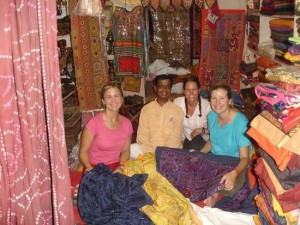
Darshan, Zila Khadi Gramodan Parishad, Khadi Gramyodyog Bhawan (Seema Gram) and Rajasthali – the Govt. shop, selling handicrafts.
Within the Jaisalmer Fort complex is a big shop ‘Light of the East’, which sells crystals and rare mineral specimen, including Zeolite. Adjoining, the Fort is Manak Chowk, the main market place of Jaisalmer. Known for bargaining, the market offers a variety of local handicraft items.
Zila Khadi Gramodan Parishad offers an excellent range of carpets, shawls and garments in silk, wool and cotton including woolen bandhani, (tie-dyed) shawls.
How to reach?
By Air: Jaisalmer has an airport, which is located 5km from the city center and is well linked by air with New Delhi, Jaipur and Jodhpur
By Rail: Jaisalmer is well connected by rail with Jodhpur as well as other major cities of India including Agra, Jaipur, New Delhi and Mumbai.
By Road: Jaisalmer has a good network of roads and is well connected to other cities of Rajasthan including Jaipur, Jodhpur and Bikaner and major cities of India.
Cuisine: Jaisalmer cuisine is very traditional reflecting the rich cultural heritage of the state of Rajasthan. Jaisalmer cuisine is known for its wide array of dishes cooked in light oil. Jaiselmer cuisine is highly influenced by north-Indian dishes. Jaiselmer dishes are usually dry and very rich. Use of red chillies make these dishes very hot and spicy. There are a wide array of mouth-watering Jaisalmer dishes that satisfies the taste buds of people from all age groups. There are some popular restaurants that serve exquisite Rajasthani food. These restaurants introduce various kinds of Jaisalmer dishes to the tourists who visit the magical land of Jaiselmer for the first time.
Some of the most delicious Jaiselmer dishes are Ker Sangri, Bhanon Aloo and Kadi Pakora. The most topical dish of Jaisalmer is Ker Sangri, which is prepared out of capers and desert beans. It is a unique dish which is prepared in traditional Rajasthani style. It is a an often eaten vegetarian dish. A large use of condiments and spices make this dish quite rich. It is quite easy to prepare and the preparation time is 45 minutes. Those who prefer to eat light can opt for Kadi Pakora, an ideal Jaisalmer dish. This dish is prepared out of flour dumplings and yogurt. Bhanon Aloo is another vegetarian delicacy that is prepared out of potatoes having mint stuffings cooked in thick gravy. One of the most favorite non-vegetarian delicacy of the land is Murgh-e-Subz. It is prepared out of boneless chicken pieces and chopped vegetables. It is quite a juicy dish and is a favorite amongst the local inhabitants of Jaisalmer.
Ker Sangri: is one of the most mouth-watering delicacies of Jaisalmer. Ker Sangri is a popular vegetarian dish of Jaisalmer. It is cooked on low heat. The ingredients that goes into this dish are desert beans and capers. These are topical Rajasthani vegetables that are often incorporated in Jaisalmer dishes. The approximate time taken to prepare this dish is 45 minutes. This vegetarian delicacy can be best enjoyed with Bajara roti. Ker Sangri can be prepared in various ways. Different variations in preparation makes this dish even more delicious. Ker Sangri is prepared very spicily in the restaurants of Jaisalmer. Home-made Ker Sangri tastes quite light. The use of red chilies accentuates the taste of this dish.
Kadi Pakora: a vegetarian delicacy of Jaisalmer, is cooked on low heat It is a light Jaisalmer dish that can be best enjoyed with Bajara roti. It is one of the favorites vegetarian dishes amongst the indigenous people of the region. Kadi Pakora can be cooked in various ways at home. This dish is prepared out of flour dumplings and yogurt. Often the flour dumplings are dipped in potatoes having mint stuffing. Kadi Pakora is a dish that is specific to this region. This dish is very simple and easy to make. It takes around 30 minutes to prepare this dish. It is one of those rare Jaisalmer dishes where the use of red chillies are very less.

